There have been many milestone anniversaries of grand timepieces in 2017 as has been the case in almost every recent year.
Omega’s Speedmaster and Piaget’s Altiplano celebrated 60 years of existence; IWC’s Aquatimer and Rolex’s Sea-Dweller first splashed down 50 years ago in 1967; and Patek Philippe’s Aquanaut, the Swiss manufacture’s relatively young sports-style timepiece, made its debut 20 years ago (see Give Me Five! 5 Watches That Have Stood The Test Of Time Starring Rolex, Patek Philippe, Omega, And Cartier).
Without a doubt, all of these timepieces named are true legends in the world of watches. But when we talk about age, Cartier’s Tank deserves the place of honor. With its instantly recognizable rectangular case, this chic timepiece debuted in 1917, exactly 100 years ago. The Tank has been in existence for an entire century!
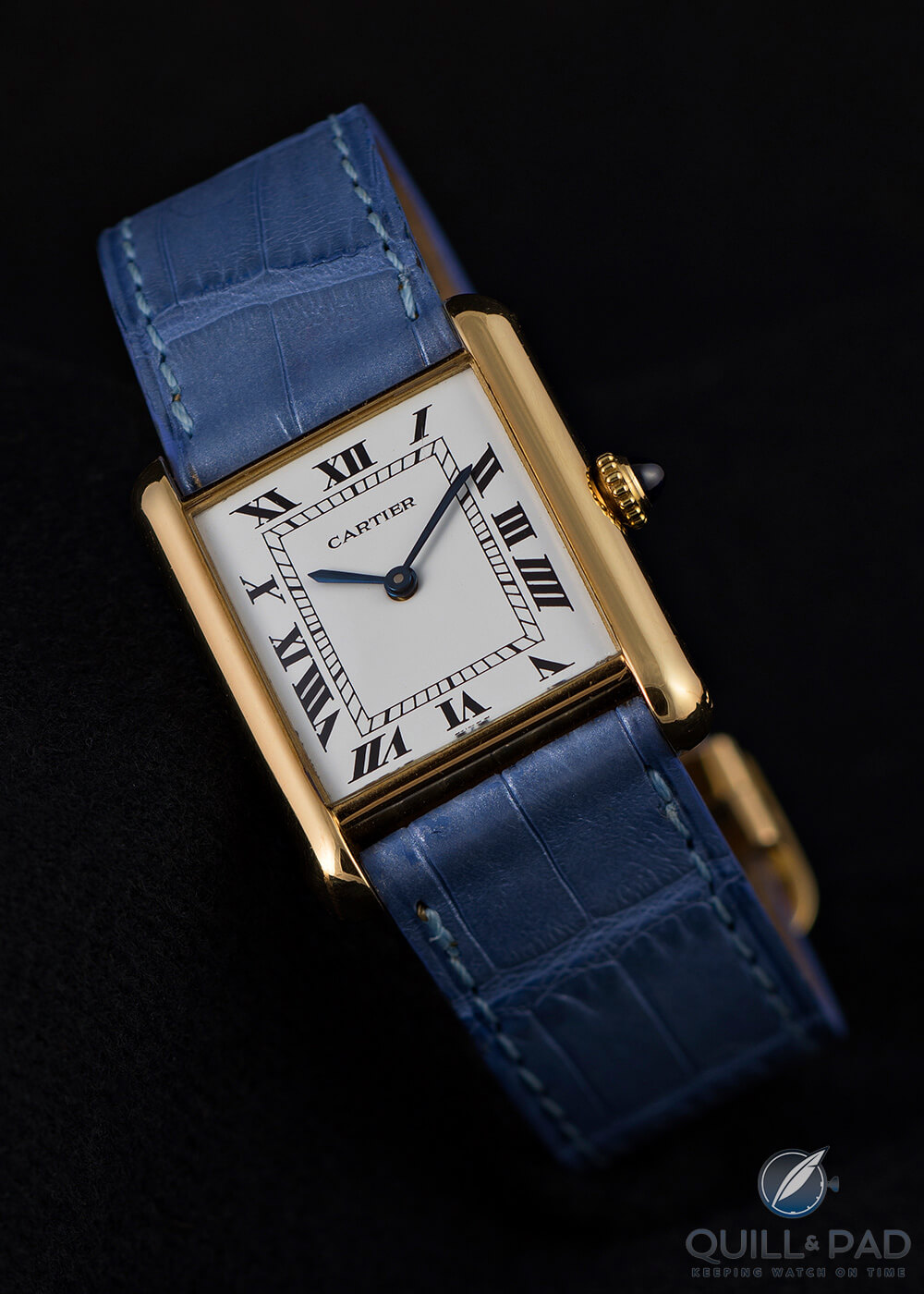
Cartier Tank: can you tell which year this watch was manufactured?
Few watches have been so successful and consistent in creating a bridge between classic and modern times. If you compare a vintage Tank with a contemporary take on the model, you won’t notice that big of a difference. And this is what distinguishes a true icon – be it the Coca-Cola bottle, the Porsche 911, or the iPhone: a terrific base design that withstands the ravages of time.
On top of that, the Tank was the first unisex wristwatch: it has been equally popular among men and women right up to today, which is also quite a rare feat.
Cartier Tank typology
The winning formula of a design that never fades applies to the Tank, whose history is well known: at the end of the World War I, the liberation army’s tanks with their caterpillar tracks inspired Louis Cartier to this very timepiece.
Like all French people, he was very happy to see the terrible war over and peace restored.
That might well be the reason why Monsieur Cartier, who had already designed the Santos in 1904, one of the first modern wristwatches, wanted to express his joy in the form of a timekeeper that imitated the shape of “peacemaking” tanks.
And in doing so, he once again showed a preference for the simple and clear forms of France’s second wave of neoclassicism, a forerunner of Art Deco.
He consistently married a functionality-focused shape with the typical avant-garde style of the Maison in a completely new creation. The brancards – the vertical parallel flanks – evoked the tank treads, while the rest of the case, whose crown was set with a signature sapphire cabochon, represented the vehicle’s cockpit.
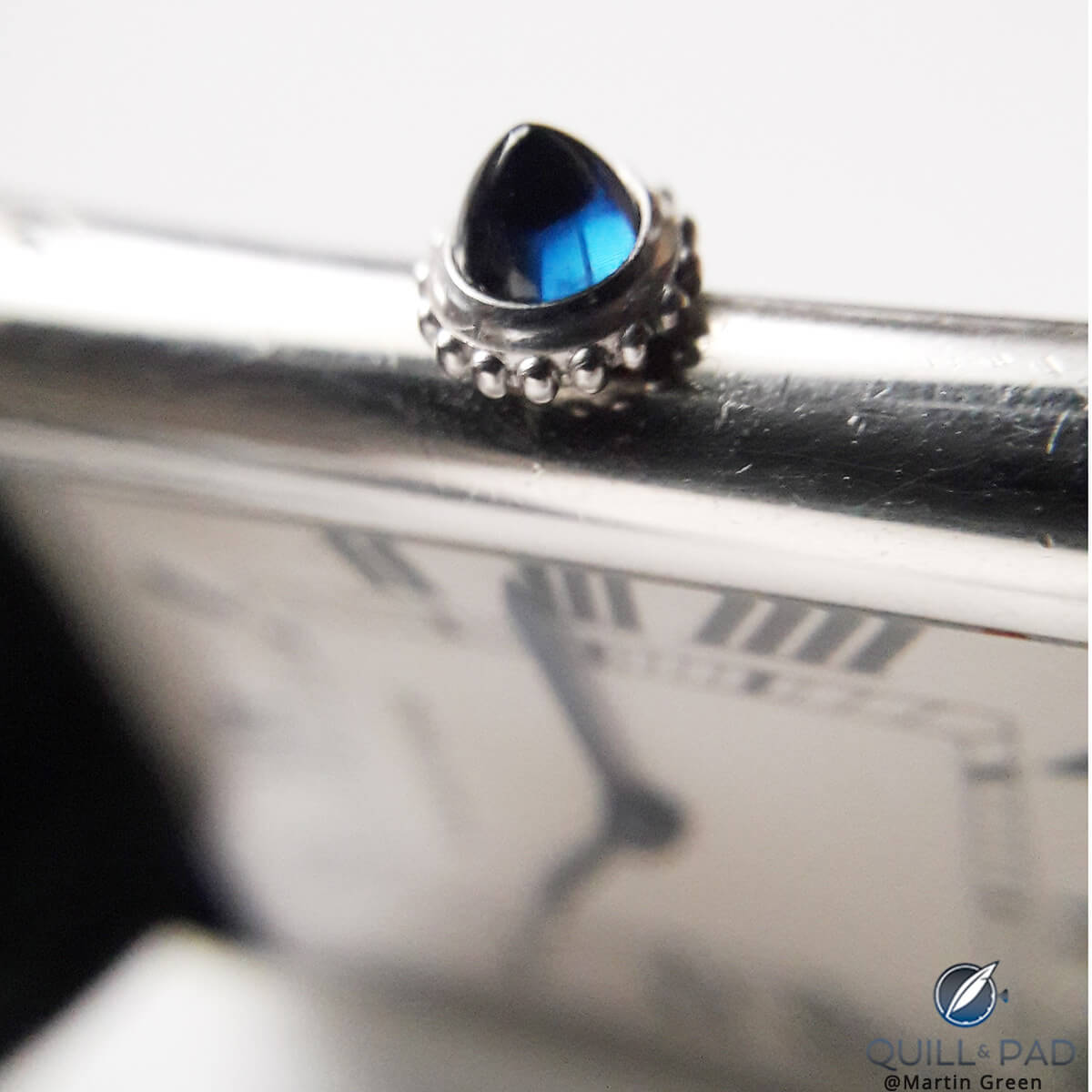
The pointed blue sapphire cabochon of Martin Green’s Louis Cartier Tank: its shape is representative of a tank’s cockpit
This signature shape allowed the lugs and strap to be seamlessly integrated into the case for the first time. A simple, yet unmistakable design that surely aided in making the new wristwatch even more popular in its infancy.
Furthermore, it introduced a new era of case design that was versatile and groundbreakingly modern (aka not round).
But Cartier would not be Cartier if the mechanics on the watch’s interior were not equally exquisite: the movement behind the characteristic dial with elongated Roman numerals, railroad track, and blued hands came from Swiss specialist movement maker LeCoultre.
Although the watch does not show off its mechanics – transparent case backs were still 70 years away in 1917, and true to Cartier’s philosophy never arrived for the Tank – complicated elements such as date and tourbillon exist in some models, even if they are somewhat secondary for true Tank lovers.
The Tank would never have received its elegant shape without the innovative technology provided by the ingenious Parisian watchmaker Edmond Jaeger, a specialist of extra-flat movements and marine chronometers.
Cartier signed an exclusive 14-year contract for all of Jaeger’s newly developed movements as of 1907. These movements were produced by Switzerland’s LeCoultre; the two entities now forming Jaeger-LeCoultre merged only in 1937.
This was an ingenious move by Louis Cartier that allowed for one of the most unique collaborations in the history of watchmaking: Jaeger cooperated with LeCoultre, who produced every caliber that Jaeger designed, and Cartier designed and sold the watches.
A beautiful ambassador of peace
Grateful for the liberation of France, Louis Cartier presented General John Joseph Pershing with the first Tank in 1918.
Did the commander-in-chief of the victorious American troops realize back then that he held in his hands the first specimen of a timepiece that people would still wear 100 years later? Probably not.
That its elegance would grace the wrists of the international jet set, important politicians, intellectual artists, and style icons such as Princess Diana, Jackie Kennedy Onassis, Jacques Chirac, Elton John, Truman Capote, and Andy Warhol? Surely not.
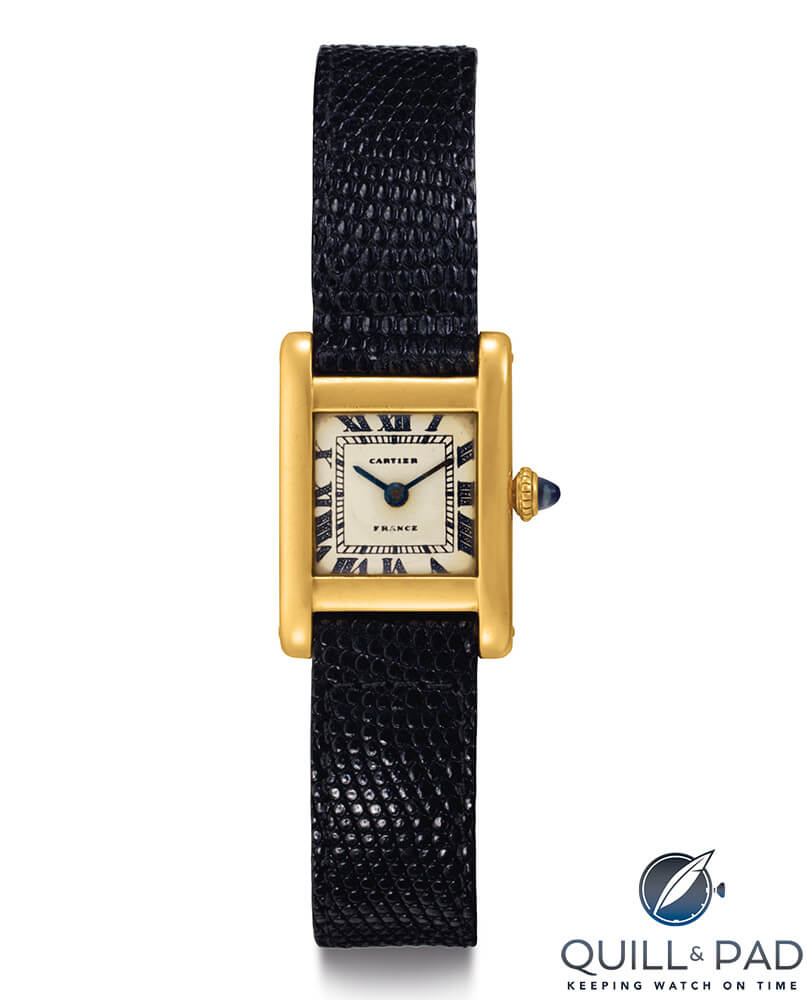
Christie’s auctioned a Cartier Tank owned by Jackie Kennedy Onassis in 2017; it was bought by Kim Kardashian
What we know is that right from the start the Tank evolved as a successful bestseller. Although only a few models were manufactured for the official launch in 1919, one-quarter of the company’s entire wristwatch production accounted for the new product line as early as 1925, primarily gentleman-sized models.
Cartier Tank Cintrée
Soon Cartier was also addressing the fashion-conscious ladies of the Roaring Twenties with feminine versions such as the Tank Cintrée (1921), whose curved case allowed for even more comfort on a small wrist; the Tank Chinoise (1922), which followed the latest trend for Asia-inspired motifs; and the Tank à Guichets, Cartier’s first jumping hour wristwatch, one that remains until today one of the most beautiful examples of mechanical digital indications.
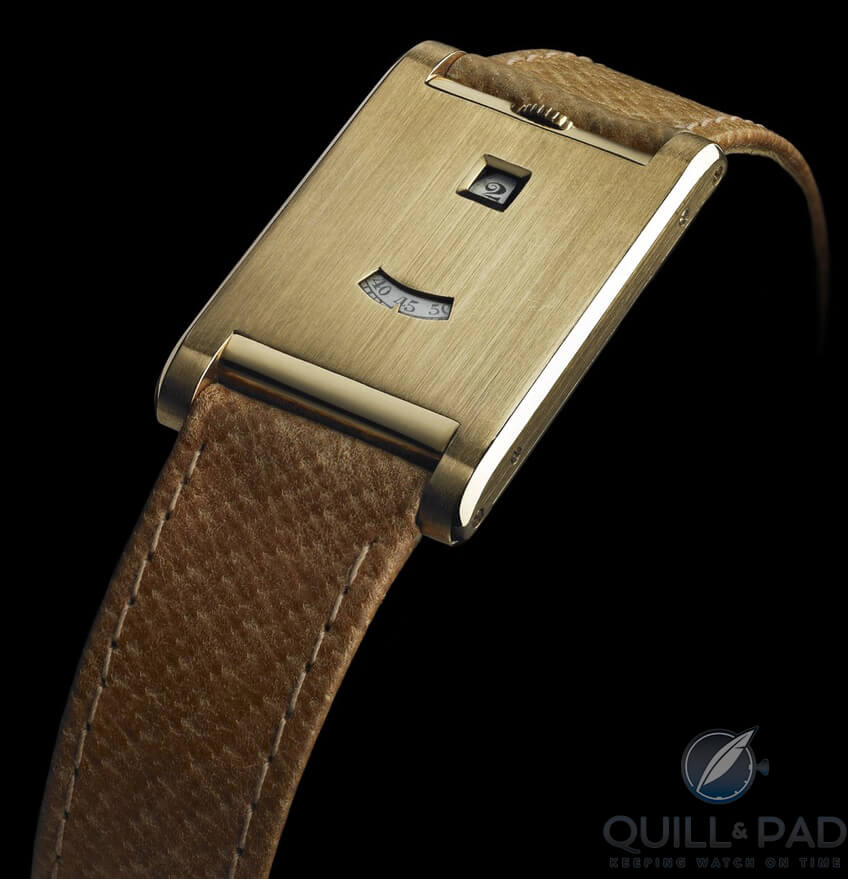
Cartier Tank à Guichets circa 1928
Its growing circle of admirers also included the Pasha of Marrakech. At the end of the decade, Thami El Glaoui, one of the world’s richest men at the time, expressed the wish for a water-resistant version that Cartier met with the launch of the Tank Etanche in 1931.
Standout designs
The Tank was present in all of the coming decades as a witness to the times.
Other milestones in the Cartier Tank hall of fame were the Tank Savonette with a protective cover; the miniaturized Petite Tank Rectangle; and the somewhat stretched Tank Allongée. The Tank Asymétrique in a parallelogram-shaped case also testified to the great versatility of the unisex model.
In almost every decade, the Tank provided new impulses without abandoning its original appearance; every new version adapted the “Tank principle.”
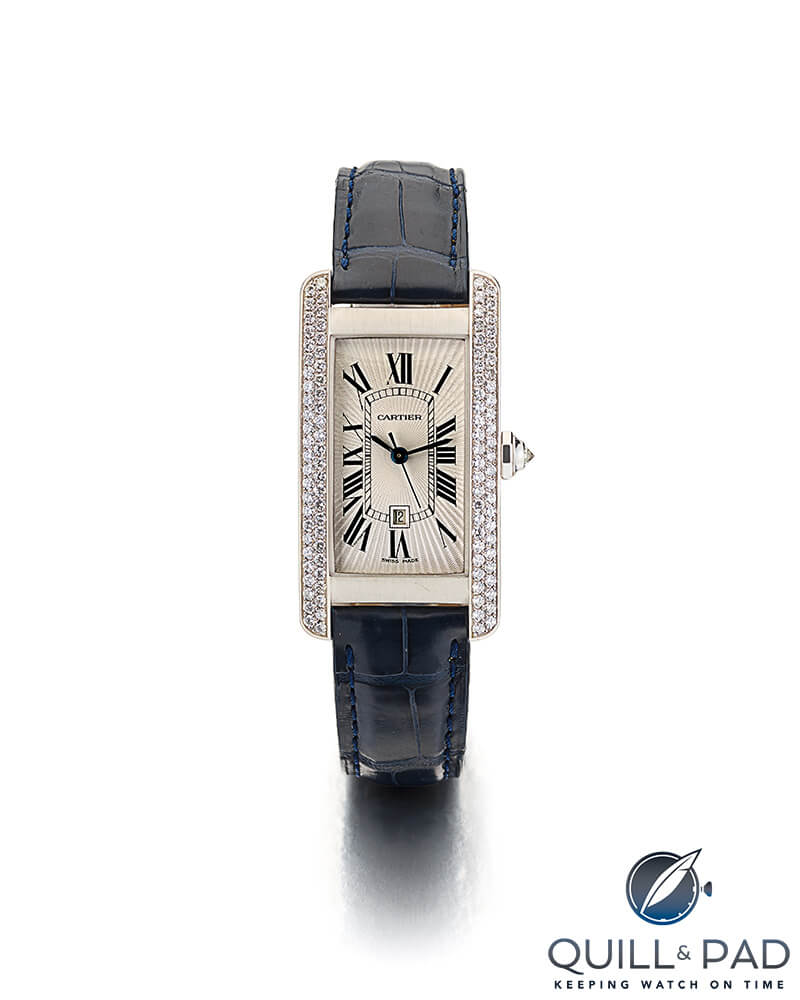
A Cartier Tank Américaine belonging to Jackie Collins (photo courtesy Bonham’s)
In the 1970s, the ultra-slim and very charismatic Les Must de Cartier set standards; in 1989 Cartier developed the all-new Tank Américaine based on the chic style of the Tank Cintrée from 1921; while the Tank Française, a successful reinterpretation of the original, took center stage in 1996.
In 2009, Cartier paid special tribute to its emblematic model: for the first time, a Tank was equipped with Caliber 9452 MC, the brand’s manufacture movement with a flying tourbillon bearing the prestigious Geneva Seal.
Cartier Tanks celebrating 100 years
It goes without saying that the one-hundredth anniversary year comes with some particularly sophisticated models, timepieces that successfully connect yesteryear with today in typical Tank fashion.
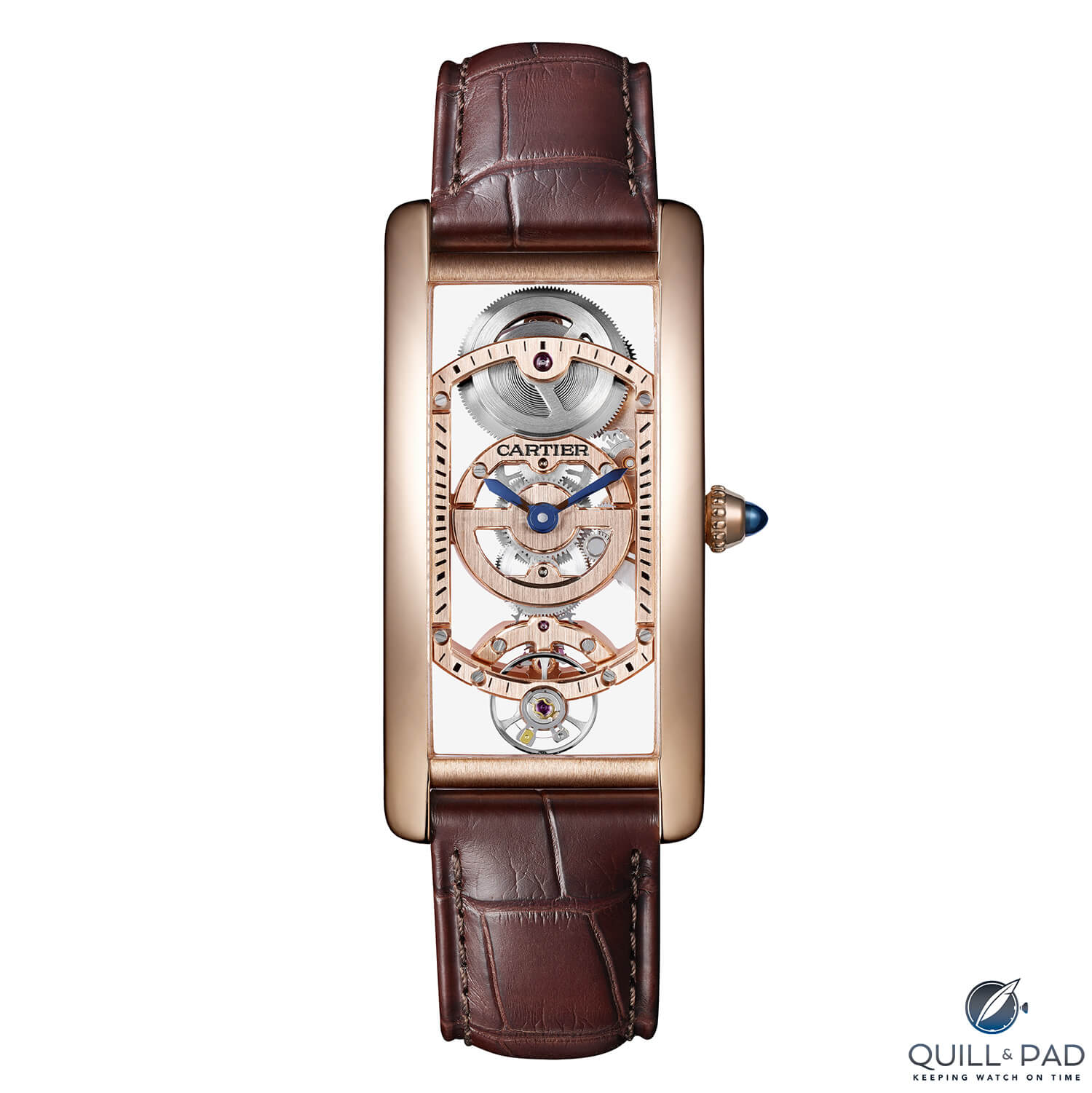
Cartier Tank Cintrée Skeleton celebrating 100 years
The Tank Cintrée Skeleton, for instance, features a manufacture movement that lends a beautiful expression to the noble art of skeletonization. And, that’s not all: the 9917 MC caliber has also been adapted to the slight curvature of the pink gold or platinum case. In order to present its great horological and artisanal finesse from all sides, the two limited editions forego dials. Instead, the inline-positioned gears and wheels take center stage.
These additions to the Tank Louis Cartier line pay tribute to the original Tank. After all, this model still embodies the quintessence of the Tank philosophy, which lies in the clear indication of the time on the wrist.
Monsieur Cartier would have been proud of the precise lines and perfect proportions. The watch, which is equipped with the hand-wound 8971 MC caliber, is available in pink and white gold, with and without diamond setting on the cases, and in three different sizes. After all, the success of the Tank is also based on the availability of the different sizes that comfortably fit different-sized wrists.
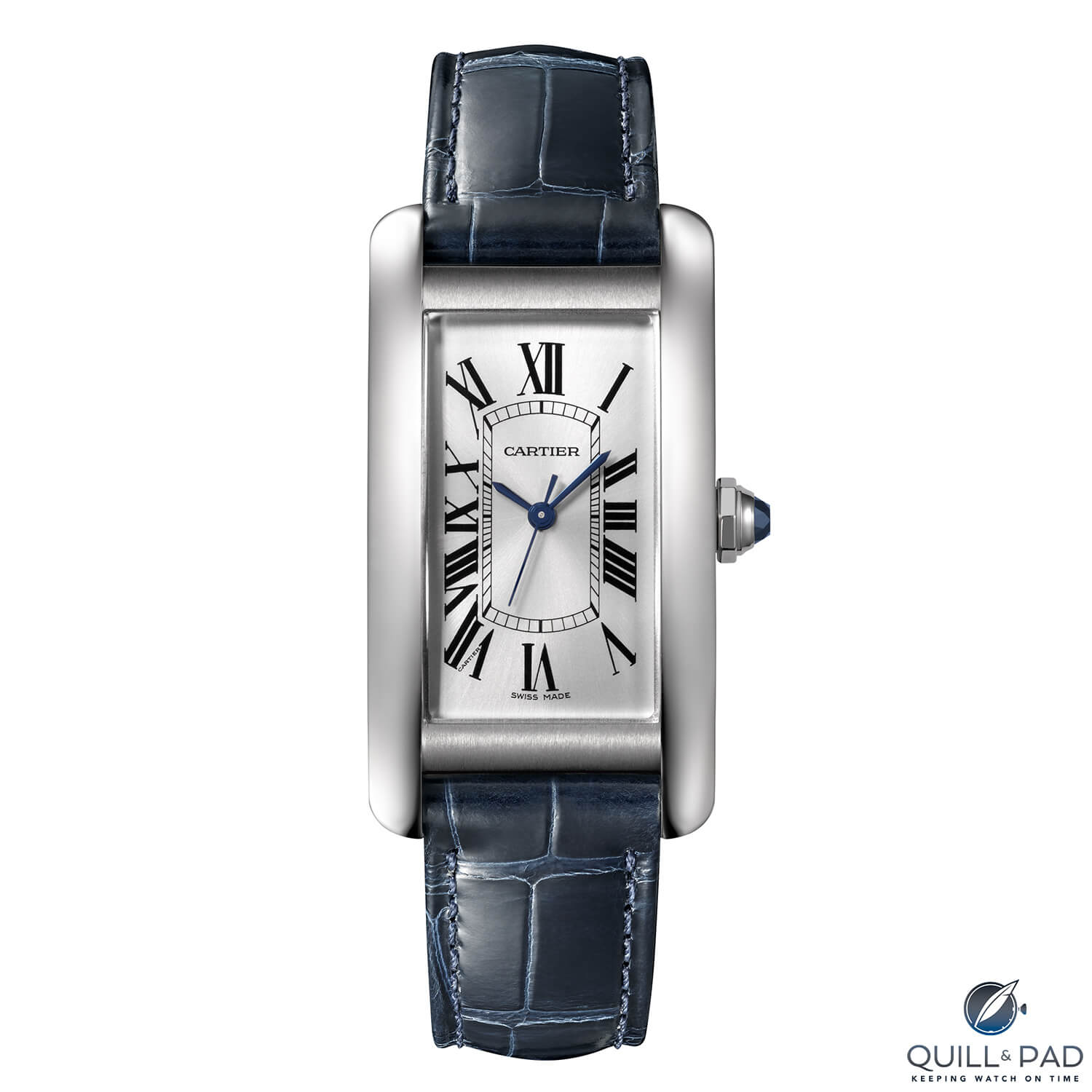
Cartier Tank Américaine celebrating 100 years
Bolder in design are the new versions of the Tank Américaine in stainless steel, also available in small, large, and medium sizes. A worthy successor to the Tank Cintrée, this new rectangular shape is more compact, and the slightly rounded flanks appear more prominent. This style is repeated by the Roman numerals and the minute tracks, which are slightly stretched to mimic the form.
While the small model is driven by a quartz movement, the medium and the large executions are powered by automatic calibers.
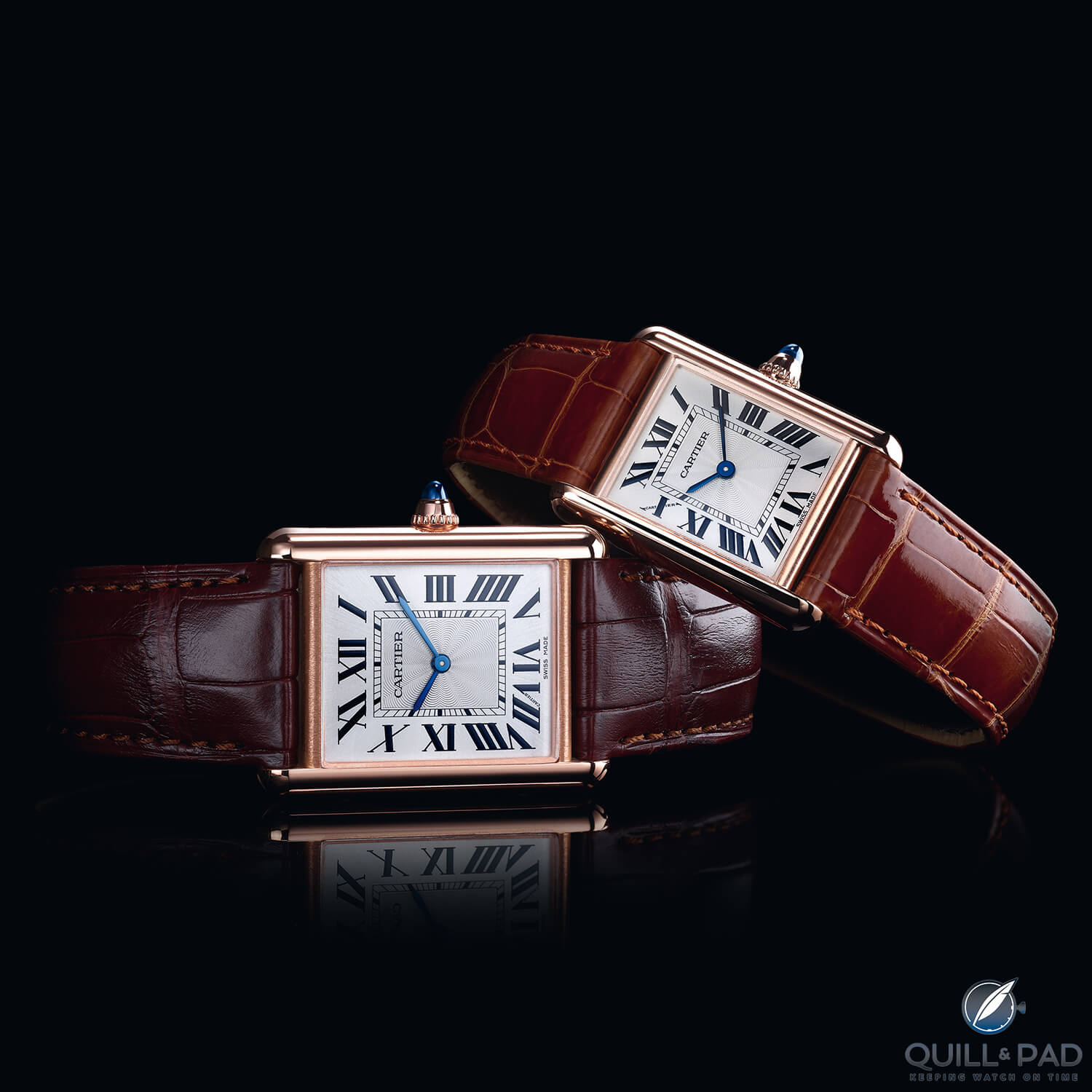
Tank Louis Cartier large and small celebrating 100 years
Whether a domed case, elongated dial figures or a skeletonized caliber, in stainless steel, gold or platinum, every single anniversary model testifies to the fact that a masterful design popular among ladies and gents alike can stand the test of time and does not lose its power, even after 100 years.
For more information, please visit www.cartier.com/en-us/collections/watches/mens-watches/tank.
Quick Facts Tank Américaine medium (Reference WSTA0017)
Case: 41.6 x 22.6 x 9.5 mm, stainless steel
Movement: automatic Caliber ETA 076, 4 Hz/28,800 vph frequency, power reserve 38 hours
Functions: hours, minutes
Price: €5,500
Quick Facts Tank Cintrée Skeleton (Reference WHTA0008)
Case: 23 x 46 x 8 mm, pink gold
Movement: manually wound manufacture Caliber 9917 MC, highly skeletonized and slightly curved, 4Hz/28,800 vph frequency; power reserve 60 hours
Functions: hours, minutes
Price: €61,500
Quick Facts Tank Louis Cartier, large model (Reference WGTA0011)
Case: 33.7 x 25.5 x 6.6 mm, pink gold
Movement: manually wound Caliber 8971 MC (based on Jaeger-LeCoultre Caliber 846), 3 Hz/21,600 vph frequency; power reserve 36 hours
Functions: hours, minutes
Price: €11,900








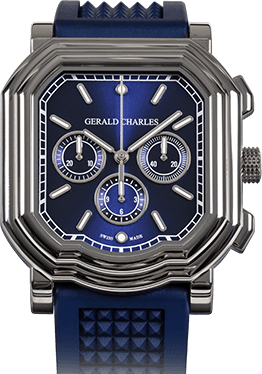
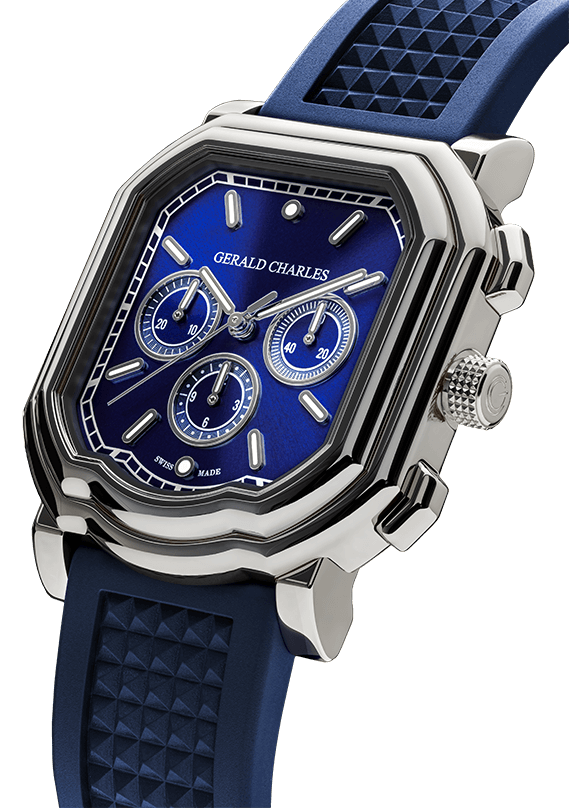


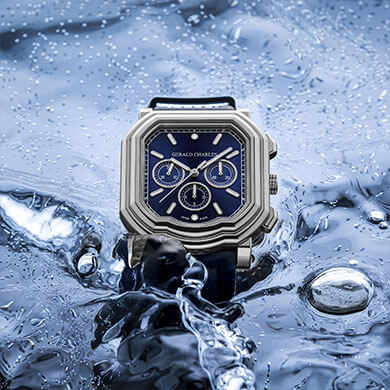

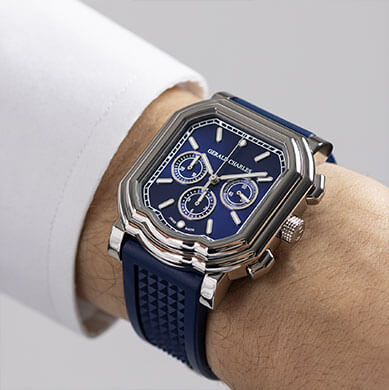



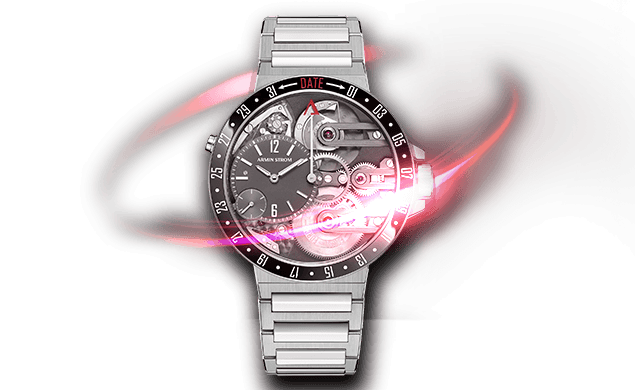
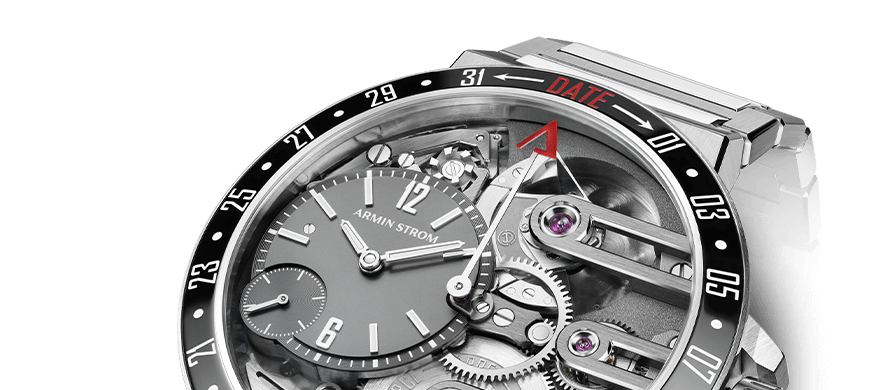
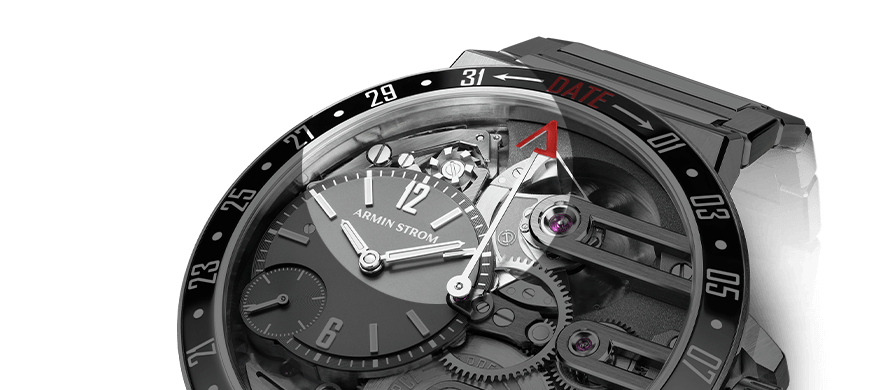


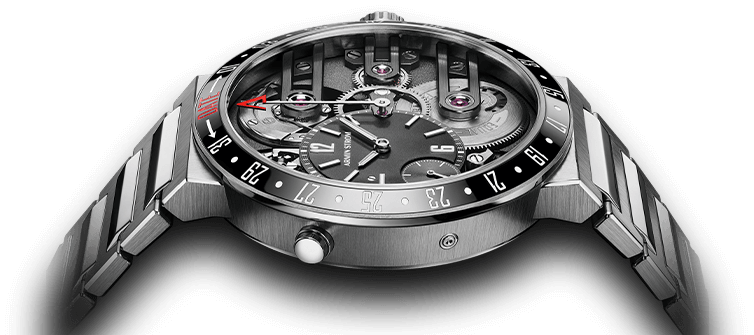






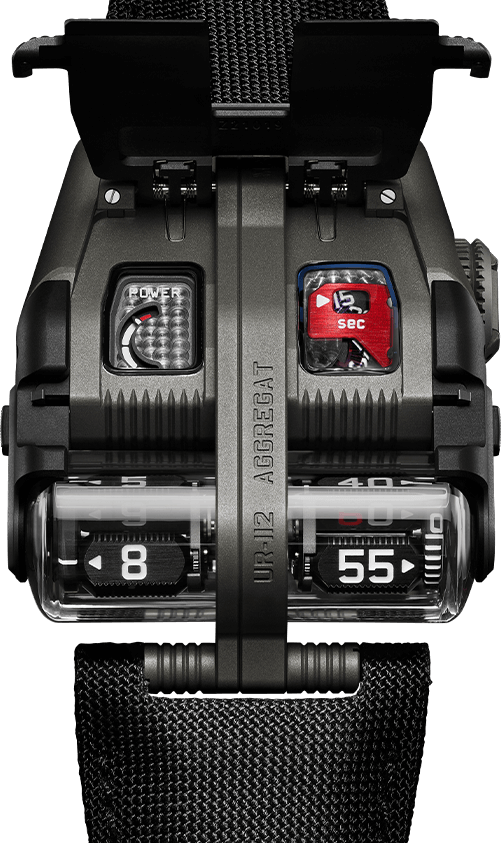

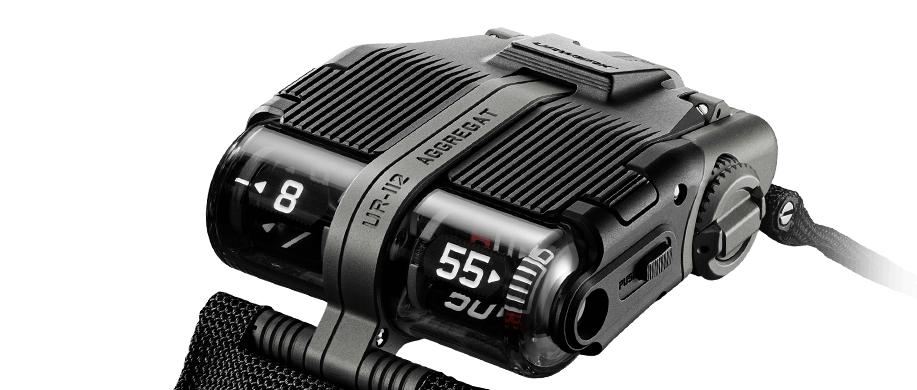
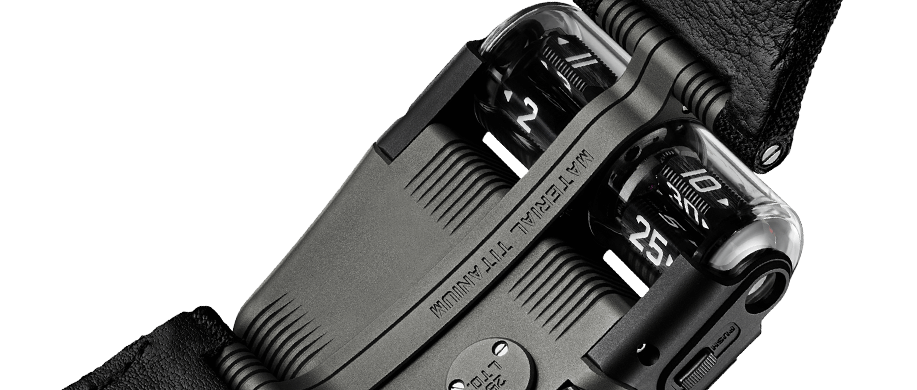
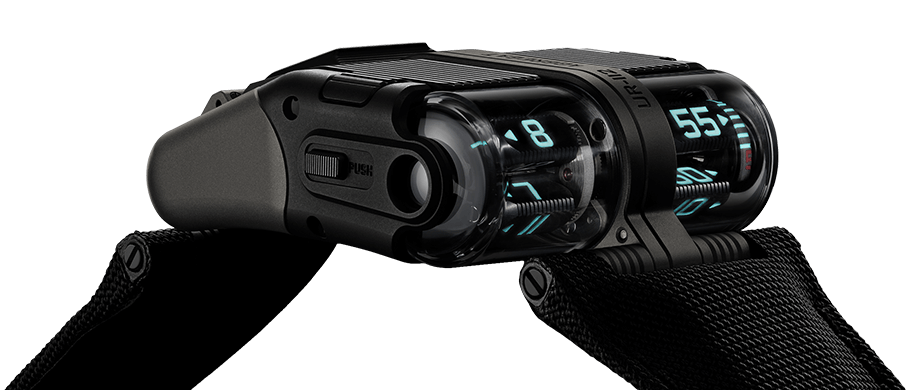


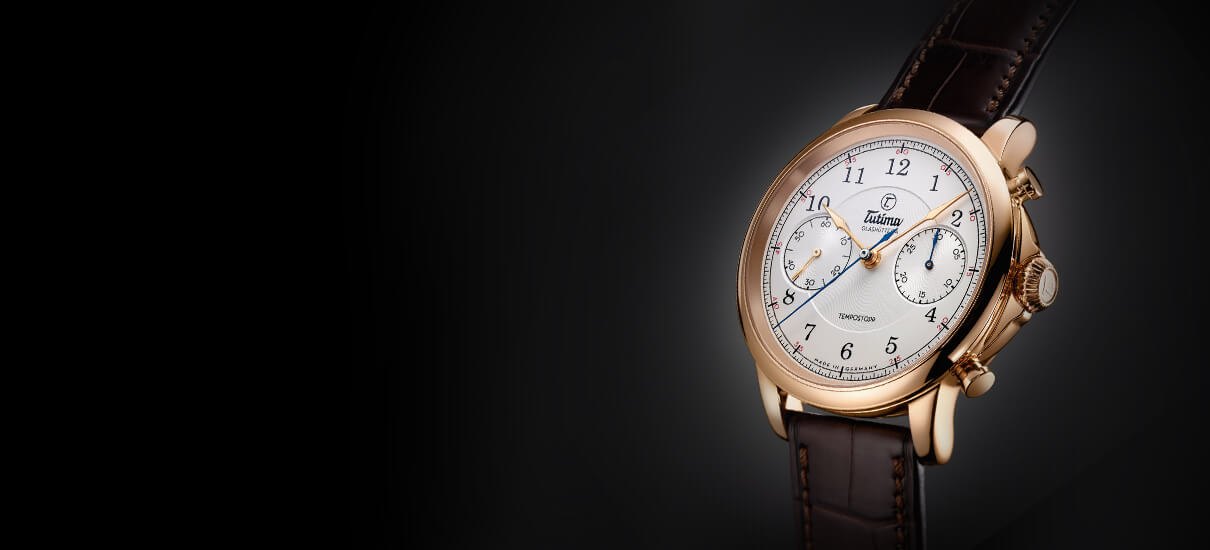

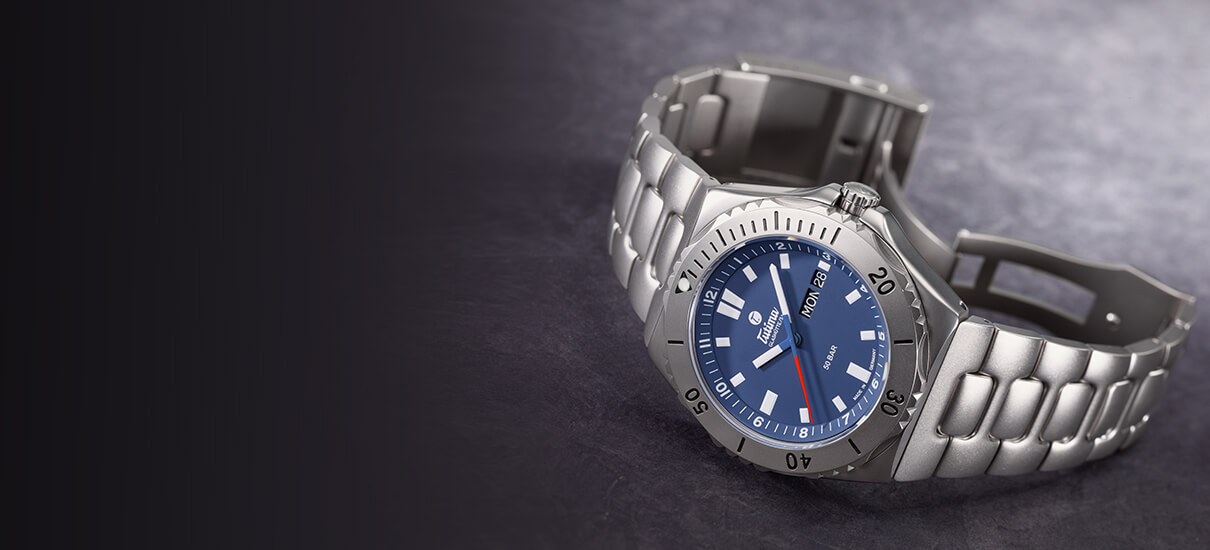

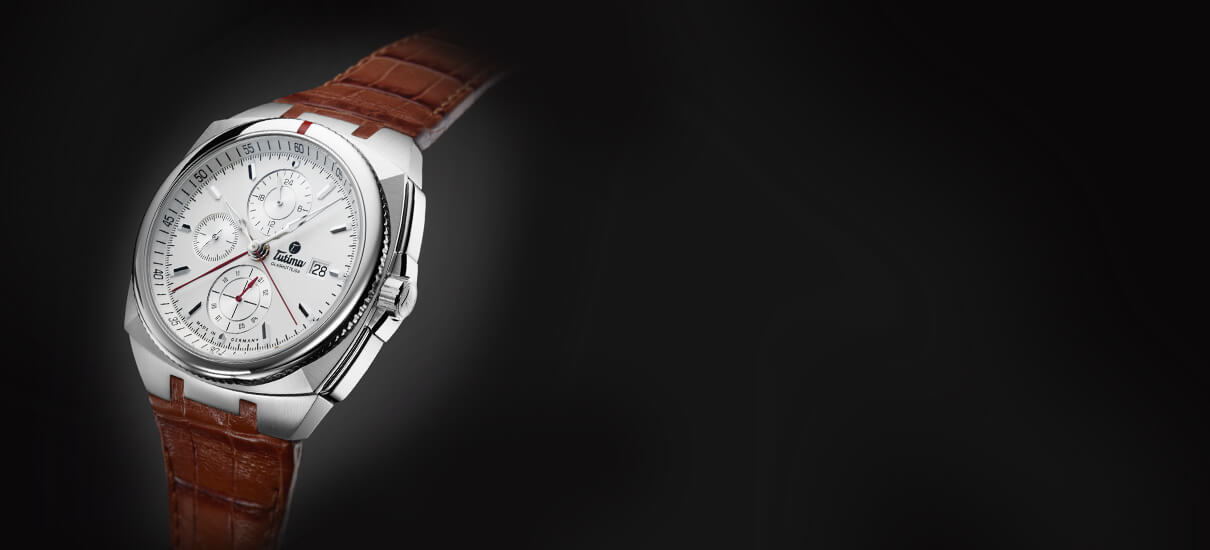

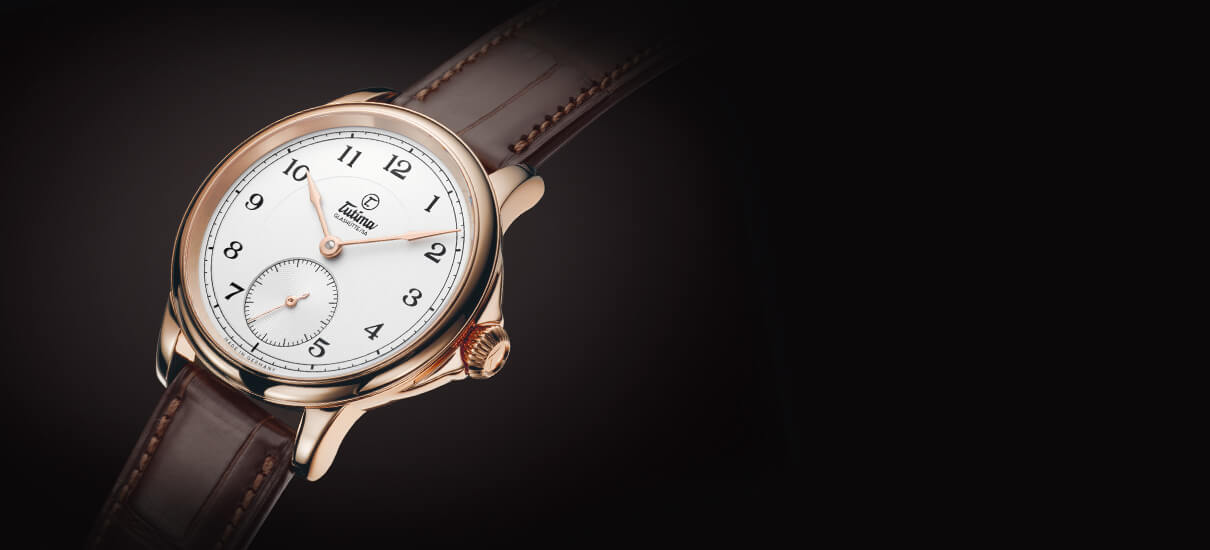

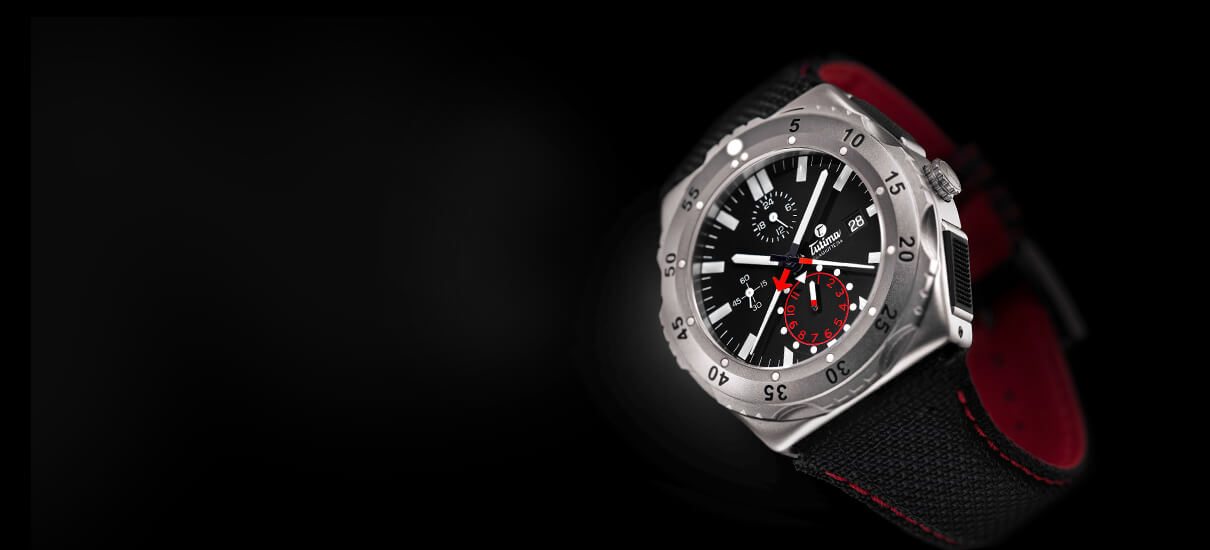

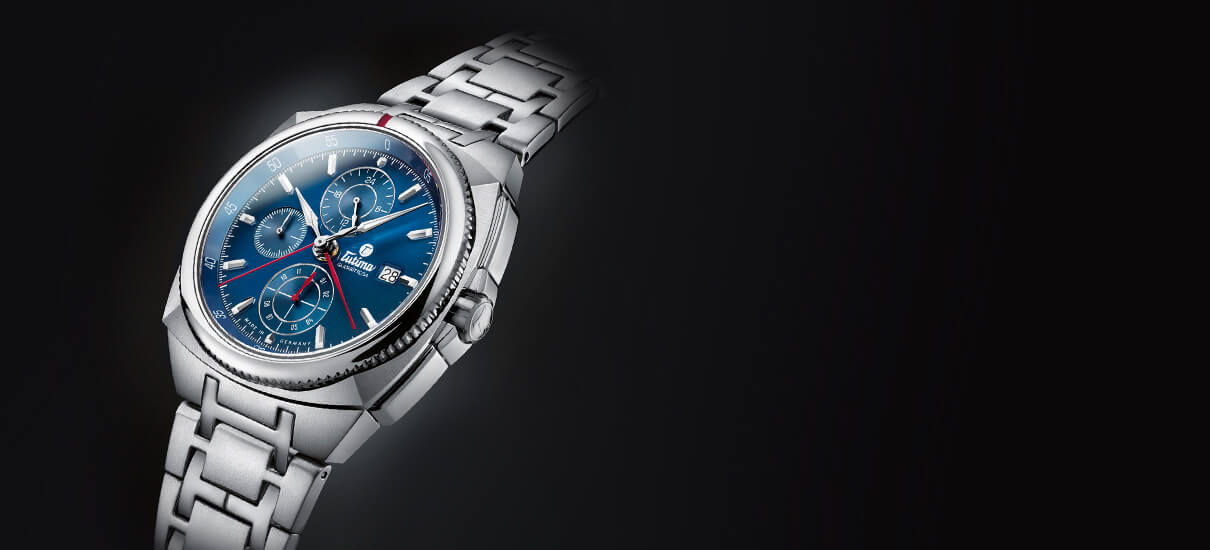

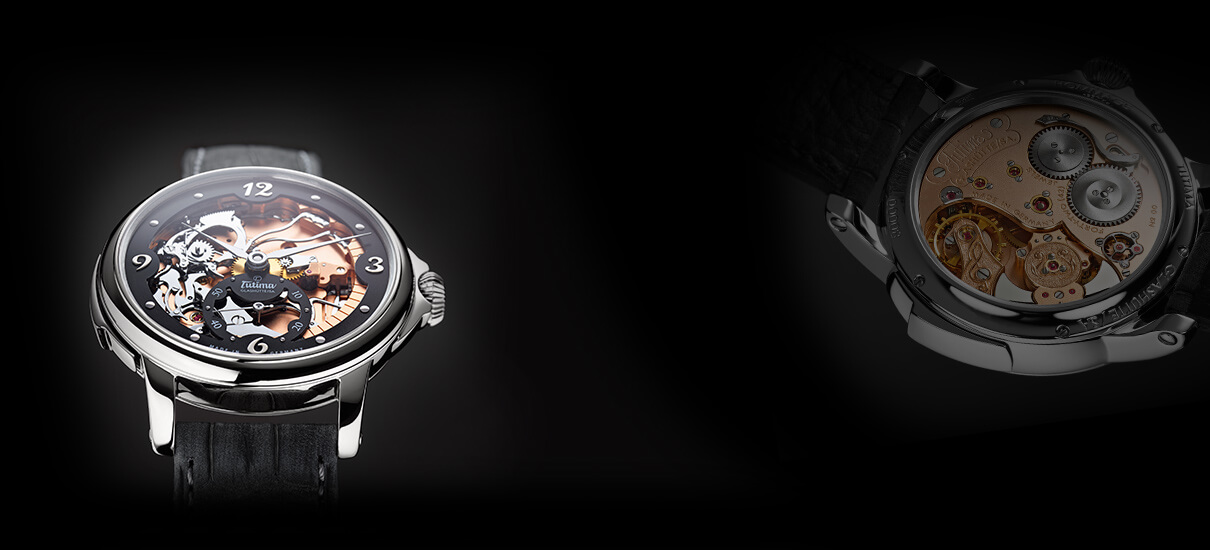



Trackbacks & Pingbacks
[…] but the model always remained somewhat in the shadows, especially compared to the far more popular Tank watches that Cartier would develop […]
Leave a Reply
Want to join the discussion?Feel free to contribute!